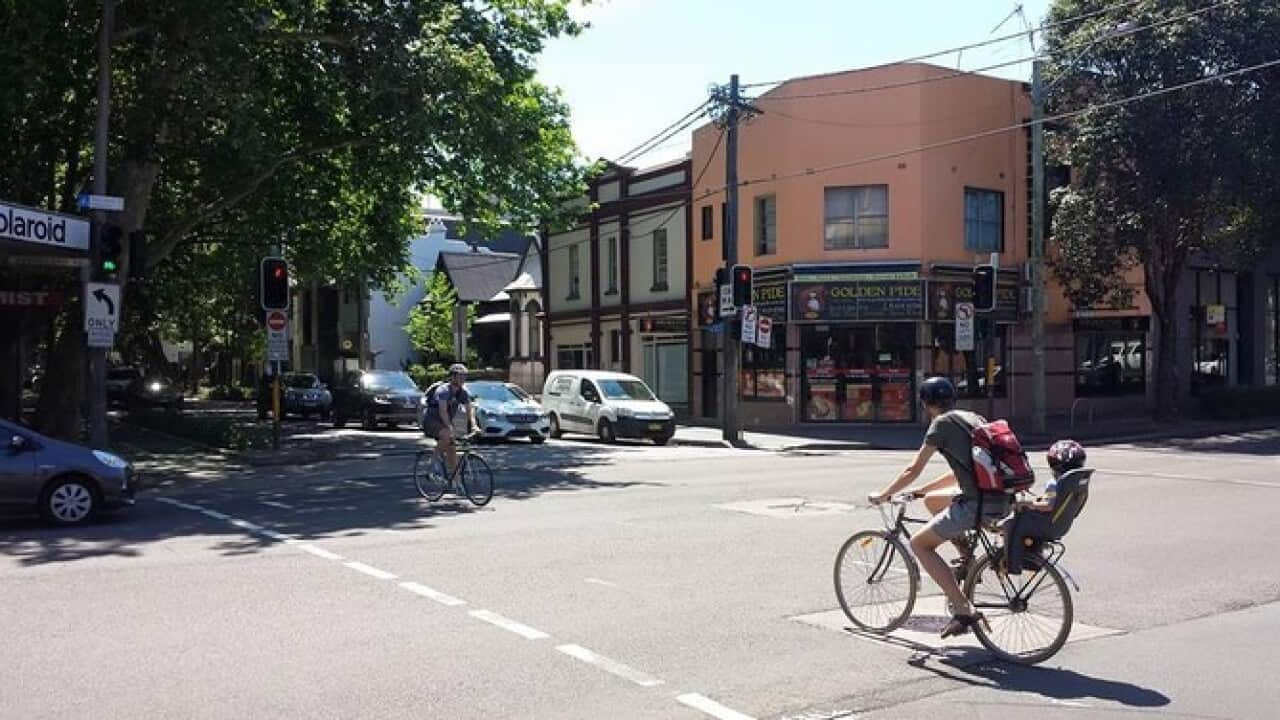Crashes are almost always accidents, situations where the exercise of due care could have avoided the issue. The main problem for cyclists is the imbalance of force between you and your bike and the hulking masses of metal driven at speeds well above those of a bike.
In any collision a cyclist is going to come off second-best, so cyclists have to guard not just against their own inattentiveness but that of others on the road.
Observe Road Rules/ Take Precautions
Behaving in a predictable manner when on the road allows other road users to easily work out where you are going and make their own plans for driving or cycling on the road. Signal clearly when making a turn, wait at lights so you are not surprised by vehicles making unexpected manuvers and obey road signs.
Road rules exist to ensure the harmonious flow of traffic and safety for all, in nearly all cases it is the best course of action to familiarise yourself with the rules of the road and follow them.
Visibility
A study in the United Kingdom found that in collisions involving a bicycle and another vehicle, the most common key contributory factor recorded by the police was 'failed to look properly’ by either the driver or rider, especially at junctions. ‘Failed to look properly’ was attributed to the car driver in 57 per cent of serious collisions and to the cyclist in 43 per cent of serious collisions at junctions.*
These typical oversights can be avoided in some occasions by equipping your bike with a reflective or blinking light on the front and rear of the bike. Lights like these or reflective ('high-vis') clothing can significantly increase the distance from which you are noticed while riding and keep you safer on the road.
Get Separation
The most effective way to avoid collisions with cars is to get as much distance as possible to ensure they have to deviate a significant amount from their 'normal' path to get in a position to hit you while riding.
This is reflected in statistics with cycle tracks having the lowest injury risk, with the next lowest risk shared by bike lanes on major streets with no parked cars and off-street bike paths. Route characteristics such as quiet streets (i.e. local streets) and no car parking on major streets were associated with low levels of injury risk.**
Always utilise cycle paths and lanes, as well as footpaths if legal within your state.
In South Australia, Western Australia, Queensland and Tasmania it is legal to ride on the footpath unless otherwise indicated by a sign.
In New South Wales and Victoria, you are allowed to ride on the footpath up to the age of 12, with riders above that age allowed to ride if they are in supervision of riders 12 and under.
Driver Distraction and Road Rage
It's worth noting that even when taking precautions and using the roads safely, you are taking a risk by cycling on Australian roads. Driver distraction is a growing problem, and as much as being as visible as possible on the road helps, it doesn't have any impact if a driver is looking down at their phone or not paying full attention to the road.
Riders cycling within the law have also been the target of road rage incidents, abused, assaulted and having their lives threatened by criminals upon the road who don't recognise the rights of other road users. These questions are part of broader societal changes that need to be addressed when it comes to cyclists and drivers co-existing on the roads, with education and changes to laws the keys to changing these destructive behaviors.
Teachers, explore the benefits of sport and exercise in your classes with SBS Learn’s curriculum-aligned and ready-to-use resources. Made by teachers, for teachers, get started with our First Gear resource on staying safe and healthy with cycling.
*"Focus on Cycling in ‘Reported Road Casualties Great Britain 2013’".
**"Route infrastructure and the risk of injuries to bicyclists: A case-crossover study', American Journal of Public Health.
Share
Watch the FIFA World Cup 2026™, Tour de France, Tour de France Femmes, Giro d’Italia, Vuelta a España, Dakar Rally, World Athletics / ISU Championships (and more) via SBS On Demand – your free live streaming and catch-up service. Read more about Sport
Have a story or comment? Contact Us

